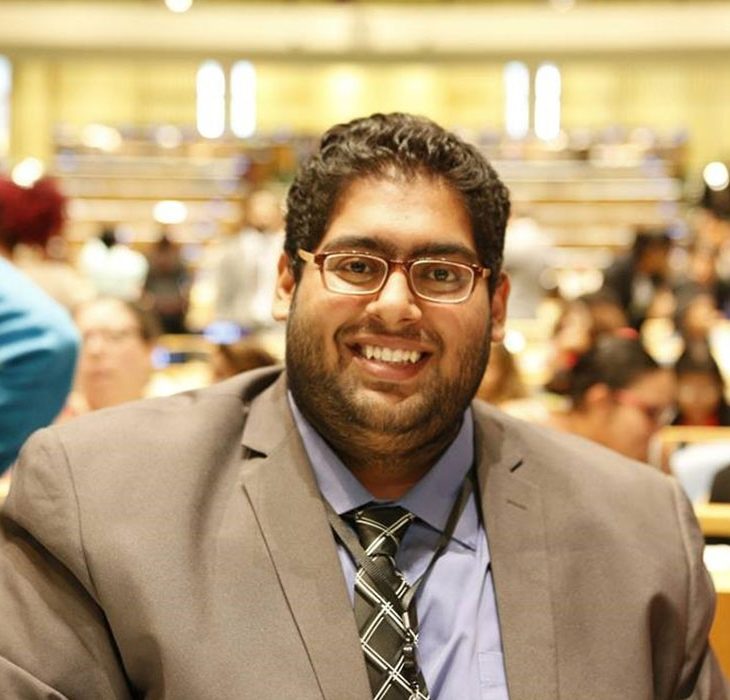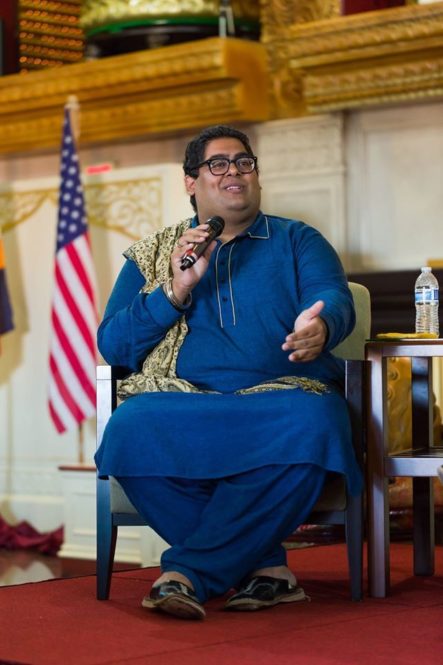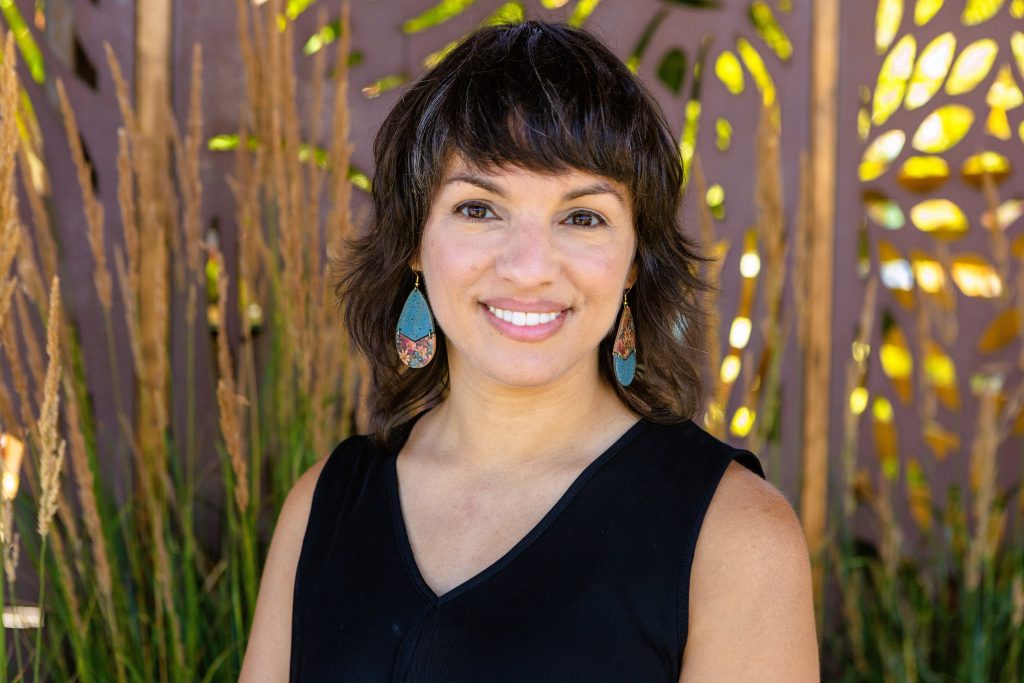4 Best Practices for Online Interfaith Cooperation
March 27, 2020

Advancements in technology have given us the ability to communicate instantly across the globe. In the midst of the current pandemic, these means for virtual connection are our sole method of communication and cooperation with colleagues and loved ones even across short distances.
Coronavirus has hit close to home as I have relatives quarantined, experienced a death in the family abroad, and became the support that my parents needed in just the nick of time. The advent of the virus coincided with my first week as Regional Coordinator for North America at the United Religions Initiative (URI). URI is a global interfaith, grassroots network that cultivates peace, justice, and healing as a daily routine rather than a movement separate from our mainstream society. At a time of great vulnerability, my task was to find new ways to build bridges in this extraordinary moment.
Share
Related Articles
Higher Education
American Civic Life
Higher Education
What Does Interfaith Engagement Mean from an Evangelical Perspective?

Tahil Sharma
What are the needs of communities during a time of isolation? How to restore the hope of people seeking wisdom or common sense during difficult and unpredictable times? More importantly, how do we achieve these things while under the demands of staying and working from home? As members of religious, spiritual, and secular communities, our ability to share space and time with one another is paramount when we share mutual grief as well as joy. We can and must make that possible in ways that we haven’t before.
As interfaith leaders, our ability to make space for engaging our colleagues in this work is essential. Using teleconferencing models like Zoom or creating groups on Facebook, individuals can share thoughts, resources, and messages of hope that can help others navigate through individual and collective concerns.
In order to make these spaces effective incubators for positive change, they need to:
During moments of tragedy and peril, we cannot offer a false hope; we must act in good nature for the welfare of others to make hope a real source of joy. When social distancing drives us more to virtual interconnectedness, we don’t have to look for the light at the end of the tunnel—because we are the light in the tunnel.



